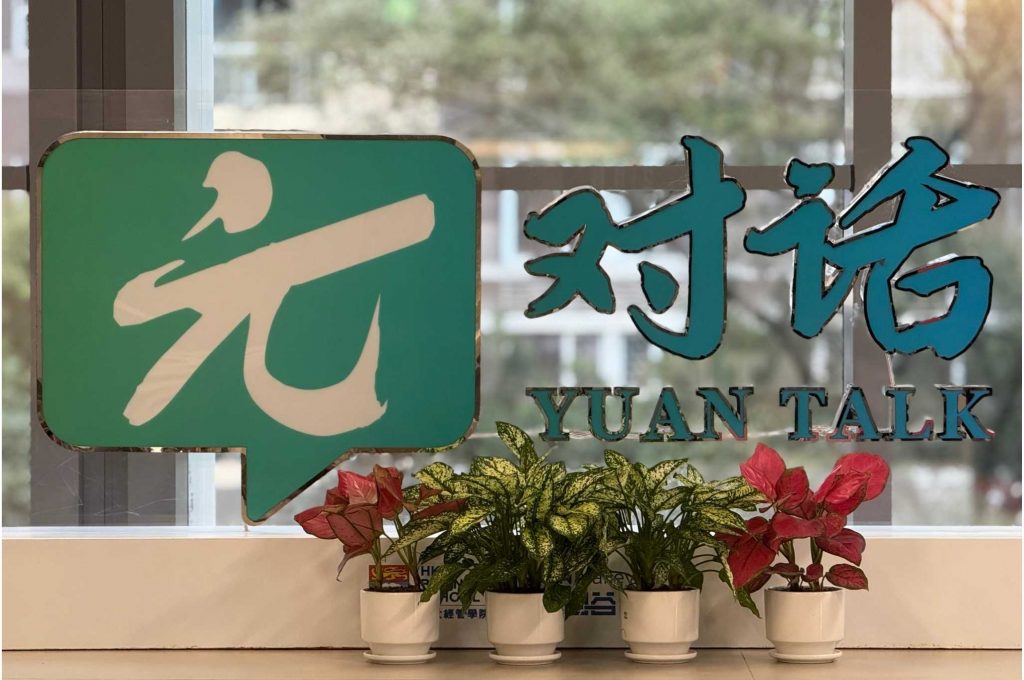


On 20 February 2025, CMA Testing was invited to participate in the online live broadcast titled “Set Sail, Set Sail from the Harbor” organized by Inner Mountain, DHGroup and HKTDC. The event aims to advocate for Hong Kong as an international free port and to highlight the benefits and opportunities available for Chinese domestic products seeking to go overseas. As one of the key partners of the organiser, CMA Testing was invited to participate in this event to showcase our testing compliance services, CMA+ product development and commercialisation services, and WINGS Future’s services to assist the export of high-quality agricultural products from the Mainland.

On December 16, 2024, the European Council officially adopted the Packaging and Packaging Waste Regulation (EU) 2025/40 (Packaging and Packaging Waste Regulation, PPWR), and it was officially signed by the European Parliament and Council on December 19. On January 22, 2025, the EU officially published PPWR in its Official Journal, repealing Packaging and Packaging Waste Directive 94/62/EC. The PPWR will enter into force on February 11, 2025, and be implemented starting from August 12, 2026 (unless otherwise specified).
Scope of PPWR:
The regulation is applies to all packaging, regardless of the material used, and to all packaging waste, whether such packaging is used in or such packaging waste originates from industry, other manufacturing, retail or distribution, offices, services or households.
Key Provisions of PPWR:
- Requirements for the entire life-cycle of packaging as regards environmental sustainability and labelling
- Extended producer responsibility
- Prevention requirements for packaging waste
Core Requirements of PPWR:
- Requirements for substances in packaging
| Packaging Type | Requirements |
| All Packaging | Lead (Pb), Cadmium (Cd), Mercury (Hg), and Hexavalent Chromium (Cr6+) ,the sum of the concentrations ≤ 100mg/kg |
| Food-contact packaging | Any individual target PFAS substance content < 25ppb (polymeric PFAS excluded from quantification); The sum of PFAS measured as the sum of targeted PFAS analysis, where applicable with prior degradation of precursors < 250ppb (polymeric PFAS excluded from quantification); Total PFAS content < 50ppm (including polymer PFAS). If total fluorine content exceeds 50mg/kg, proof must be provided indicating the amount of fluorine present as PFAS or non-PFAS fluorine. |
- Recyclability Requirements for Packaging
All packaging placed on the EU market must be recyclable.
Packaging must be designed for material recycling and capable of replacing raw materials, with separate collection and classification when it becomes waste.
Starting from January 1, 2030, or 24 months after the enactment of the authorization act (whichever is later), only packaging with a recyclability performance grade of A, B, or C, as specified in Annex II Table 3 of regulation (EU) 2025/40, can be placed on the EU market. From January 1, 2038, only packaging meeting the recyclability performance grade of A or B in Annex II Table 3 can be placed on the EU market.
- Minimum Recycled Content Requirements for Plastic Packaging
| Packaging Type | Target | |
| By 2030 | By 2040 | |
| Contact-sensitive packaging made from polyethylene terephthalate (PET) (except single-use plastic beverage bottles) | 30% | 50% |
| Contact-sensitive packaging made from plastic materials other than PET (except single-use plastic beverage bottles) | 10% | 25% |
| Single-use plastic beverage bottles | 30% | 65% |
| Other plastic packaging | 35% | 65% |
- Packaging Minimization
By 1 January 2030, the manufacturer or importer shall ensure that the packaging placed on the market is designed so that its weight and volume is reduced to the minimum necessary to ensure its functionality, taking account of the shape and material from which the packaging is made.
- Labeling Requirements of PPWR:
From 12 August 2028 or 24 months from the date of entry into force of the implementing acts adopted, whichever is the latest, packaging placed on the market shall be marked with a harmonised label containing information on its material composition in order to facilitate consumer sorting.
From 12 February 2029 or 30 months from the date of entry into force of the implementing act adopted, whichever is the latest, shall bear a label informing users that the packaging is reusable. Information on reusability and collection points can be provided through QR codes or other data carriers.
From 12 August 2028 or 24 months from the date of entry into force of the implementing act adopted, whichever is the latest, plastic packaging with a recycled material content label must comply with the implementation act.
- Ban on Single-Use Plastic Packaging:
From January 1, 2030, the following single-use plastic packaging will be prohibited from being placed on the market:
- Single-use plastic packaging for portioning;
- Single-use plastic packaging for pre-packaged fresh fruits and vegetables (up to 1.5 kg);
- Hotel and restaurant takeout food and beverage packaging;
- Single-serving condiment, sauce, cream, and sugar packets;
- Small single-use cosmetics and toiletries in the hospitality industry;
- Very lightweight plastic carrier bags.

On December 19, 2024, the EU adopted a proposal to ban bisphenol A (BPA) in food contact materials and published (EU) 2024/3190 on December 31, 2024. This regulation repeals (EU) 2018/213 and amends the plastic food contact materials regulation (EU) 10/2011. The new regulation will officially come into effect on January 20, 2025.
Key Amendments:
- Ban on Bisphenol A (BPA) and Its Salts: Prohibited in adhesives, rubber, ion exchange resins, plastics, printing inks, silicone, varnishes, coatings, and other materials and products, unless they meet the specific use conditions outlined in Annex II.
- Prohibition of BPA Residues: Food contact materials made from other bisphenols or bisphenol derivatives must not contain residual BPA.
- Restriction on Other Harmful Bisphenols: Non-BPA harmful bisphenol substances and their derivatives may only be used with specific authorization.
- Declaration of Compliance Requirements: The specific category of bisphenols and their derivatives used must be declared.
- Amendments to (EU) 10/2011:
- Restricts the use of BPA and other harmful bisphenols, applying only to products that meet the exemptions specified in Annex II of (EU) 2024/3190.
- Removes two authorized substances from Table 1 of Annex I of (EU) 10/2011: BPA (CAS: 80-05-7) and BPS (CAS: 80-09-1).
Transition Arrangements:
- Single-use food contact final products made with BPA that comply with previous regulations but do not meet the new regulation:
- May continue to be sold until July 20, 2026.
- The following special products may be sold until January 20, 2028:
- Containers for preserving vegetables or fruits (excluding juices and similar products).
- Containers for preserving seafood.
- Products with BPA-based varnish or coating applied to the outer surface of metal.
- Reusable food contact final products made with BPA that comply with previous regulations but do not meet the new regulation:
- May be placed on the market for the first time until July 20, 2026, with stock sales allowed until January 20, 2029.
- Reusable products used in professional food production equipment that comply with previous regulations may be placed on the market for the first time until January 20, 2028, with stock sales allowed until January 20, 2029.

